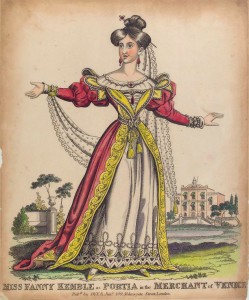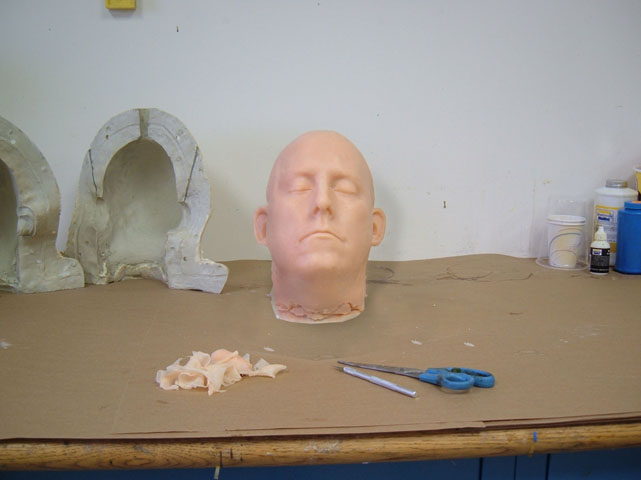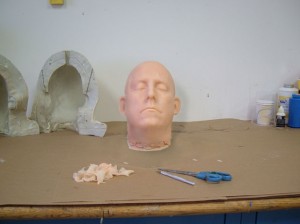If you really want your portfolio to shine, you need good photographs of your props. Taking photographs during a rehearsal or show is another topic entirely; in this article, I’ll be talking about taking photographs either in the shop or backstage.
Blurry and Grainy Pictures
The biggest problem and complaint about bad portfolio pictures are blurry and grainy photographs. Though caused by different things, they are both symptoms of not enough light.
Your camera determines the correct exposure in three ways: shutter speed, aperture, and film or chip sensitivity. With a fast shutter speed, moving objects are frozen in place. As the shutter speed slows down, moving objects become blurred in the photograph. At a slow enough shutter speed, the slight shaking of your hands as you hold the camera will blur the entire picture.
If your pictures are blurry, you need to steady the camera. A tripod is the usual solution. Expensive tripods are made for heavier cameras and able to withstand wind and rain. For smaller cameras used indoors, almost any tripod will help steady your pictures. You can even get table-top tripods, or funky ones like this: Continue reading Taking photographs of your work




